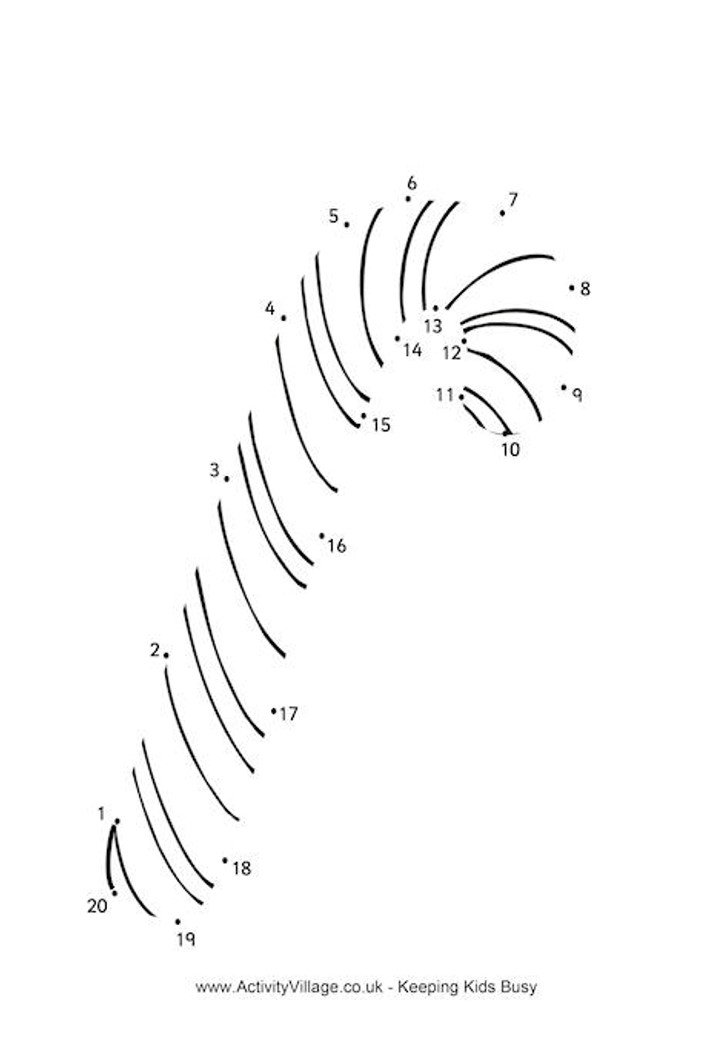
Prompt diagnosis and identification of cancer is crucial to successful treatment. If your child has been referred to an orthopaedic or oncology specialist, your child’s diagnostic evaluation will begin with a thorough medical history and physical examination. This involves a series of questions and tests to check your child's brain, spinal cord and nerve function.Īt Children’s Hospital of Philadelphia (CHOP), clinical experts use a variety of diagnostic tests to diagnose tumors, including: A detailed neurological assessment may also be performed. Magnetic resonance imaging (MRI), which uses a combination of large magnets, radiofrequencies and a computer to produce detailed images of organs, soft tissues, muscles, ligaments and other structures within the body.

EOS imaging, an imaging technology that creates 3-dimensional models from two flat images.Computed tomography (CT) scan, which uses a combination of X-rays and computer technology to examine bones and other regions such as the lungs, and produces cross-sectional images ("slices") of the body.Your child is exposed to no radiation during an MRI.

Needle biopsy, which is a procedure where a doctor places a small needle through the skin and into the lesion to withdraw a small sample of the abnormal tissue.Blood tests, which can help determine drug usage and effectiveness, biochemical diseases and organ function.Positron emission tomography (PET) scan, which uses radioactive sugar injected into a vein and a scanner to make detailed, computerized pictures of areas of the body.Radioisotope bone scan, which can help locate areas of abnormal growth.Unlike a CT scan, EOS images are taken while your child is in an upright or standing position, enabling improved diagnosis due to weight-bearing positioning. The tissue is analyzed to confirm the diagnosis. In addition to diagnosing the specific type of cancer your child may have, these tests will also help determine the size and location of the tumor, and stage of the cancer.

All of this information is crucial in determining the best treatment options for your child. There are many treatment options available for bone and soft tissue cancers. Some children will need a combination of these therapies. At CHOP, experts at the Bone and Soft Tissue Tumor Program take a team approach to treatment. Orthopaedic, cancer and other specialists collaborate to provide your child with individualized care and the best possible outcomes.


 0 kommentar(er)
0 kommentar(er)
